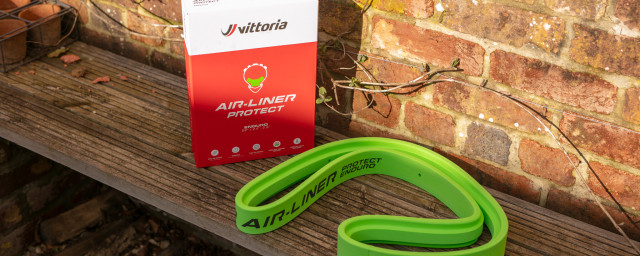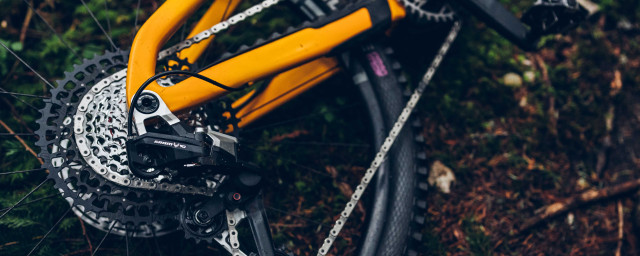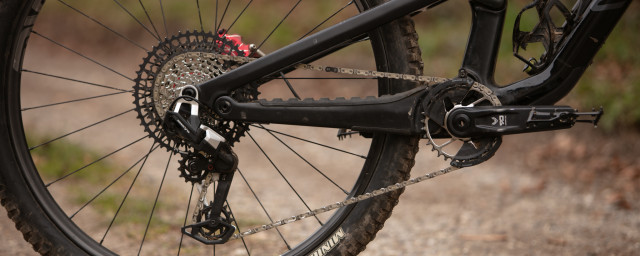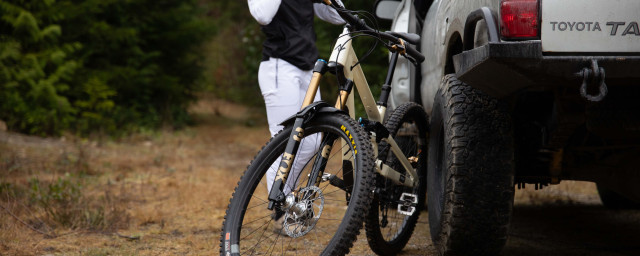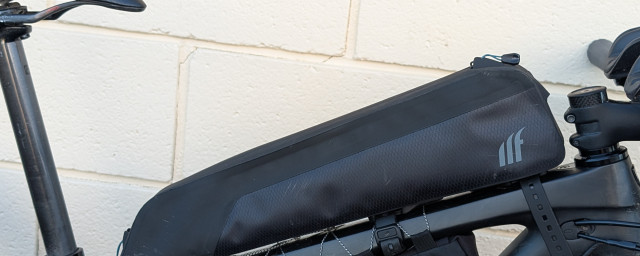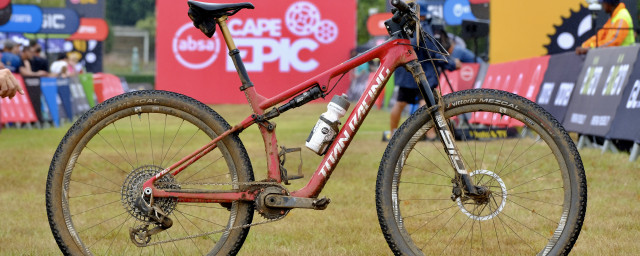Laces, Boa or Velcro? Cycling shoe retention systems explained
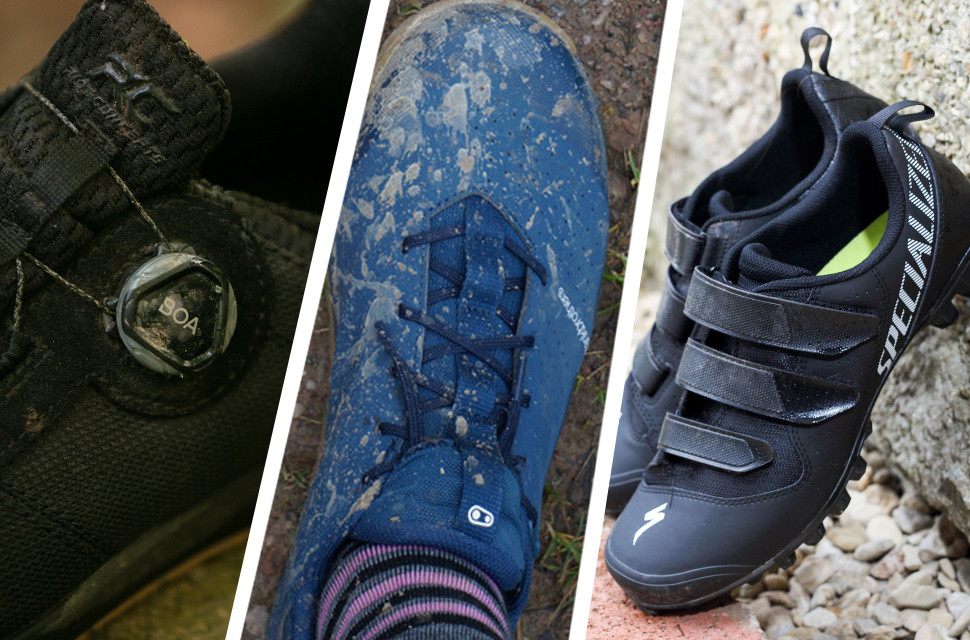
For most mountain bikers and gravel riders, riding shoes are where fashion and function meet. Shoes are crucial, whether you are riding clipless or flats, and off-road riders need a shoe that has good walking comfort and can resist harsh trail use. Road cyclists hardly ever hike a bike, but mountain bikers and gravel riders often do.
If a shoe delaminates, suffers a sole crack, or snaps a part of its retention or closure system, your ride is done. And shoe repair is complicated – you’re not going to mend something trailside with a multitool. Some components are designed to be slightly sacrificial, but most core parts of the shoe structure aren’t easy or affordable to repair if they fail.
Whether you are shopping for a new pair of lightweight cross country shoes or some robust enduro kicks, one of the most misunderstood features is the fastening/closure system. Riders will obsess about shoe weights and colourways, but the fastening system is such a fundamental feature of shoe design, comfort, and durability that it deserves more scrutiny.
Off-road riding shoes feature three fastening systems: traditional laces, Velcro straps, and Boa dials (or other dial-type fasteners from other brands). Some shoes feature a combination of these fastening systems, but which are best for mountain or gravel biking needs?
The case for laces
For decades the best high-performance road cycling shoes were laced, yet laces are broadly regarded as entry-level mountain bike shoes. But that’s changed over the last few years, with some of the most premium shoe brands adding lightweight laced shoes for off-road riders.
Laced off-road riding shoes have many advantages, including simplicity, weight, and design maturity. The sheer scale of design experience the shoe industry has with laced hiking and trail running shoes means that the designs are proven, with an abundance of suppliers creating competitive costing and lots of spares in the supply chain. You will unlikely have an issue sourcing a replacement lace for your lace-up riding shoes.
Gravity riders have long preferred laces for their simplicity and superior walking comfort, but XC racers and gravel riders have also rediscovered the appeal of laces. Launched a decade ago, Giro’s Empire VR90 revived the market for ultralight, carbon-soled, high-performance off-road lace-ups. But why would riders choose high-performance shoes with a centuries-old fastening technology? Because it’s light, proven, and simple.
Laces weigh very little and don’t require additional buckles, guides, or proprietary fasteners. The lace eyelets are punched into the shoe’s uppers. It’s a straightforward, weight-efficient structure. And beyond the benefits of simplicity and weight, there’s a comfort issue, too.
Laces spread the load
Lace-up riders believe they can achieve greater fit comfort than with a shoe using Velcro or Boa dials. How is that possible? Laces spread tension and fasten the load gradually and evenly across more pressure points, meaning riders can tailor their shoe fit better.
For hike-a-biking, lace-ups are great, which is logical, as they are closest to hiking or trail running shoes, compared to Velcro straps or Boa dial shoes. If you are a rider given to exploring and portaging overgrown trail sections with a bike on the shoulder, lace-up shoes are generally comfier to walk in. Especially up steep and technical terrain, where the uppers must flex a lot.
Are lace-up riding shoes flawless? Not quite. In winter, laces cake with mud and moisture, making them a nightmare to work with. If your lace-up shoes need an adjustment on that mid-winter riding session, it’s a messy affair, and creating the same fit comfort, and tension with muddy laces is nearly impossible.
The other issue is eyelet damage. If you tear an eyelet, the uppers are usually ruined and not repairable.
The convenience of Velcro
Most mountain bikers' first pair of riding shoes feature Velcro straps. The 20th-century magic hook-and-loop contact fastener is lightweight and easily adjustable.
The adjustability of Velcro straps makes them so appealing for off-road riding shoes. When you are in a hurry to join your riding group, shoes with Velcro fasteners can be tensioned and fastened with one hand, unlike lace-ups requiring two hands. That adjustability convenience extends to the riding experience.
Mountain bike and gravel riding shoes loosen during a ride. On severely technical descents, your shoes take a significant strain load, transferred from the terrain through the pedals. That means occasionally adjusting and re-fastening shoes during a ride, is a real need.
Lace-up riding shoes require you to stop, undo, and retie for adjustment. There’s no adjusting your lace-up riding shoes while riding along. With Velcro strap shoes, riders can reach don’t and easily loosen or fasten their fastener tension, adjusting fit as required.
Better than laces for mud, but…
Lightweight, simple, and without the weakness that laces have in extremely muddy conditions, what are the debits with a Velcro fastening system for your off-road riding shoes? Contact wear and contaminants.
Velcro might be better on a muddy ride than laces, but the material technology isn’t entirely immune to mud contamination. The Velcro contact surfaces can delaminate over time, especially if you ride lots of muddy terrain. Once Velcro starts flailing and mud gets between the hook-and-loop fabric’s structure, the fastening function of Velcro degrades.
For riders who need a very tight fit, Velcro might become annoying, as it isn’t capable of quite the same point load pressure, that is possible with laces or Boa dials.
Dialling into the future
What Velcro was to cycling shoe design in the 1990s, Boa dials have been in the last decade and a half. The American fastening system, and the many others like it, promise incredible precision (and perfect tension), without the wear and flailing ends that can develop with Velcro straps after a harsh winter’s riding.
Dials, like Boa’s, ratchet tension with a cable across the uppers, creating closure pressure, with the origins of this design influenced by snowboarding. The leveraged design of a Boa dial means that you don’t need much finger strength to make a precise, impactful tension change. What’s the benefit of that? It makes dials great for adjusting fit comfort while riding. You just bring a shoe up to the 12 o’clock riding position, reach down to that Boa dial, and make the positive or negative tension adjustment you need.
This on-bike adjustability is very beneficial for gravel riders, who journey exhaustive distances on severely corrugated roads. As fatigue sets in, you don’t need to stop and ruin your momentum to adjust a shoe that has worked slightly loose. You can do that with a dial, or pair of per shoe, in a few moments, while rolling along at that.
Unbothered by rain or mud
The mechanical design of dials and their fastening cables make them great for durability in wet weather. Unlike laces or hook and loop straps, which often suffer a lot of material wear and degradation in winter, dials are largely impervious to weather.
As the most advanced shoe fastening system, are dials perfect? They offer the best adjustability and fit security, but they can fail – and when they do, you best have a spare dial in your riding pocket. Boa, the top brand of dial closure systems offers a lifetime warranty where they can ship spare parts free of charge.
The other issue is hike-a-biking with dial shoes. Those fastening cables aren’t made for the constant shoe flexion that happens when you’ve dismounted, walking through a dry riverbed with your gravel bike, or hiking up an unrideable climb with your mountain bike.
What about combinations?
Although most mountain bike shoes are configured with one of the three dominant fastener systems, some feature a combination. You could have a shoe that mixed laces with a dial. Or laces with a hook and loop strap.
Blending a Velcro strap with one or two dials is an interesting alternative, giving riders the pressure distribution benefits of laces, with some upper adjustable via the Boa dial. That’s handy because when you need to make a fit adjustment mid-ride, it's rarely a complete readjustment that’s required. Often, all you need is just a touch more tension, easily done with a single Boa dial.
Giro’s Code Techlace is notable for its unusual configuration, combining a top Boa dial with laces secured with D-rings. These mountain and gravel biking shoes offer low weight, with the comfort of a lace-up for most and the on-the-bike adjustment of a top Boa dial.
There is no absolute best faster system, as proven by the resurgence of laces, even in the presence of advanced fastener systems like Boa dials. Riders must consider how often they make mid-ride adjustments while on the bike, and how frequently they ride in extremely muddy conditions – or hike-a-bike on trails.








